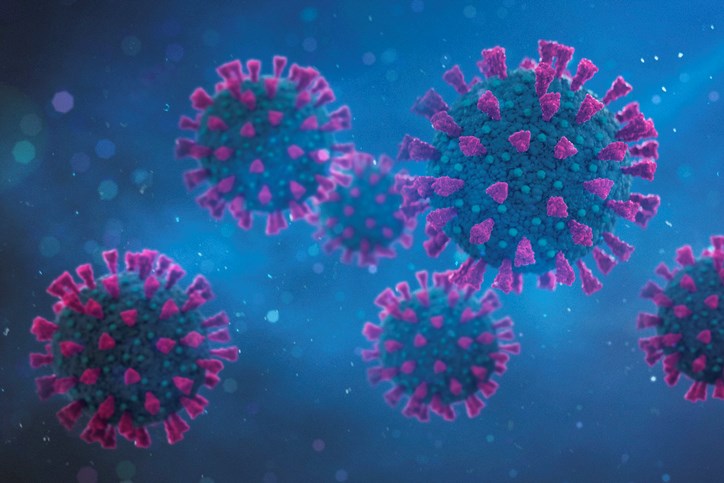Residents of Manitoba, and of planet Earth as a whole, may be feeling like a character in Groundhog Day, forced to live out the same scenarios they saw in 2020 and 2021 over and over again as the COVID-19 pandemic, just like the Energizer bunny, keeps on going. And going, And going. And going.
Despite the fact that similar tactics – reductions in gathering, shifts to remote learning at schools – are being employed in the first week of this year that were tried at various times last year and the year before, the fact is that the situation we are currently facing is not the same.
Unlike COVID-19 original recipe and later offshoots like the delta variant, omicron is much more easily spread and caught. Daily case numbers, which reached 1,000 and above in Manitoba for the first time ever in late December and have been closer to 2,000 in recent days, despite the fact that many people are being given rapid antigen tests and that there are thousands of PCR tests that haven’t yet been processed, are shocking. The results from the first five days of January really put the stark difference in magnitude into perspective. From Jan. 1 to 9:30 a.m. Jan. 5, there were nearly 9,000 new cases of COVID-19 in Manitoba. That represents about 10 per cent of the total number of confirmed cases the province has had since the pandemic began.
That, quite clearly, is the bad news. And lord knows we’ve had enough of that since March 2020. But there are, perhaps, some silver linings peeking through the clouds at a macro level. Omicron is way, way more transmissible than previous versions of the virus, but it also appears, so far, that it may be milder as well, resulting in fewer hospitalizations than an equivalent number of cases of the delta variant for instance. Many people who’ve been infected by omicron have reported no symptoms worse than a sore throat.That’s no consolation to those who do experience severe outcomes and end up in hospital, but at least being fully vaccinated against COVID-19, while anything but a guarantee that you won’t contract the virus, as evidenced by the fact that the majority of new cases are breakthrough cases among vaccinated Manitobans (not surprising since there are more than five times as many partially or fully vaccinated people over the age of 12 than there are unvaccinated people in the province), does at least seem to provide a better chance of not requiring medical intervention to recover.
At this point, it seems like governments are taking steps to try to prevent the health care system from being overwhelmed but also cognizant that it is almost inevitable that a large proportion of people will get infected. Hopefully as that occurs, the combination of vaccine-induced and natural immunity will make it harder for the virus to find accommodating hosts and life will begin to return somewhat to normal.
As former premier Brian Pallister said in endless news conferences since the pandemic began, this is a marathon, not a sprint. Unfortunately, nearly two years since COVID-19 was first detected in Manitoba, we still don’t have a totally clear picture about how close we actually are to the finish line. Hopefully 2022 will at least bring some clarity to how long the pandemic might endure, if not an actual end to it.




